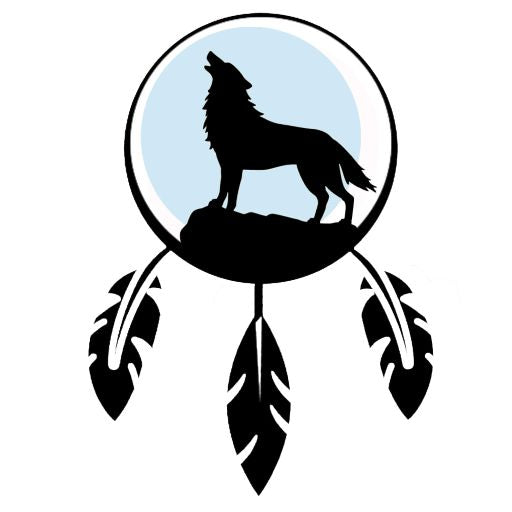Inuit art and sculptures: between age-old traditions and the diversity of indigenous expressions

Inuit art occupies a special place in the world of Canadian Indigenous art. Its sculptures, engravings, and prints are internationally prized for their finesse and symbolic power. The themes depicted often evoke:
- Northern animals such as polar bears, seals, and caribou,
- hunting scenes and scenes of daily life,
- spirituality and legends.
Crafted from soapstone, bone, ivory, or caribou antler, these works combine power and delicacy. Authentic pieces often bear the Igloo Tag, a mark of trust that certifies their Inuit origin.
Works that attract collectors
Inuit sculptures are not merely decorative objects; they are also witnesses to a history, a territory, and an identity. For art lovers, owning an Inuit piece means connecting with a living and globally recognized heritage.
My journey as an Innu craftsman
I am an Innu artist and craftsman, and although my creations differ from Inuit sculptures, they are part of a similar approach: to highlight the history, symbols and worldview of my people.
The Innu art objects I create are inspired by the boreal forest and our traditions. They can take the form of:
- dreamcatchers
- talking sticks,
- objects made of moose leather or adorned with beads,
- symbolic pieces inspired by the medicine wheel.
These works, although distinct from Inuit sculptures, often interest enthusiasts of Indigenous art, as they reveal another facet of the cultural richness of First Peoples.
Inuit and Ilnu: two unique expressions, one shared respect for tradition
It is important to emphasize that each Indigenous Nation has its own artistic vision and preferred materials. Inuit art reflects the Arctic and its icy landscapes, while Innu art is rooted in the boreal forest and its resources.
For art lovers, opening themselves up to these different expressions means discovering the diversity and depth of indigenous cultures.
Conclusion
Whether through an Inuit soapstone sculpture or an Innu art object inspired by the forest, each Indigenous creation carries a unique story and identity.
➡️ In my shop, I offer authentic Innu creations which, like Inuit art, are aimed at lovers of art and indigenous culture.
FAQ – Inuit and Ilnu art
How to recognize an authentic Inuit sculpture?
Authentic Inuit sculptures often bear the Igloo Tag, which certifies their origin. Also check the artist's name, the material (often soapstone, bone, or caribou antler), and the geographic origin.
What is the difference between Inuit art and Ilnu art?
Inuit art draws inspiration from the Arctic, polar wildlife, and northern life, often through stone sculptures. Innu art, rooted in the boreal forest, favors symbolic objects such as dreamcatchers, moose hide, and beadwork.
Why are Inuit sculptures so sought after?
They represent a thousand-year-old tradition, unique know-how, and strong cultural value. Each sculpture tells a story linked to the territory and legends of the North.
Can Innu art interest Inuit art enthusiasts?
Yes. Although the styles differ, both traditions share an authenticity and cultural depth that appeals to collectors and enthusiasts of Indigenous art.
